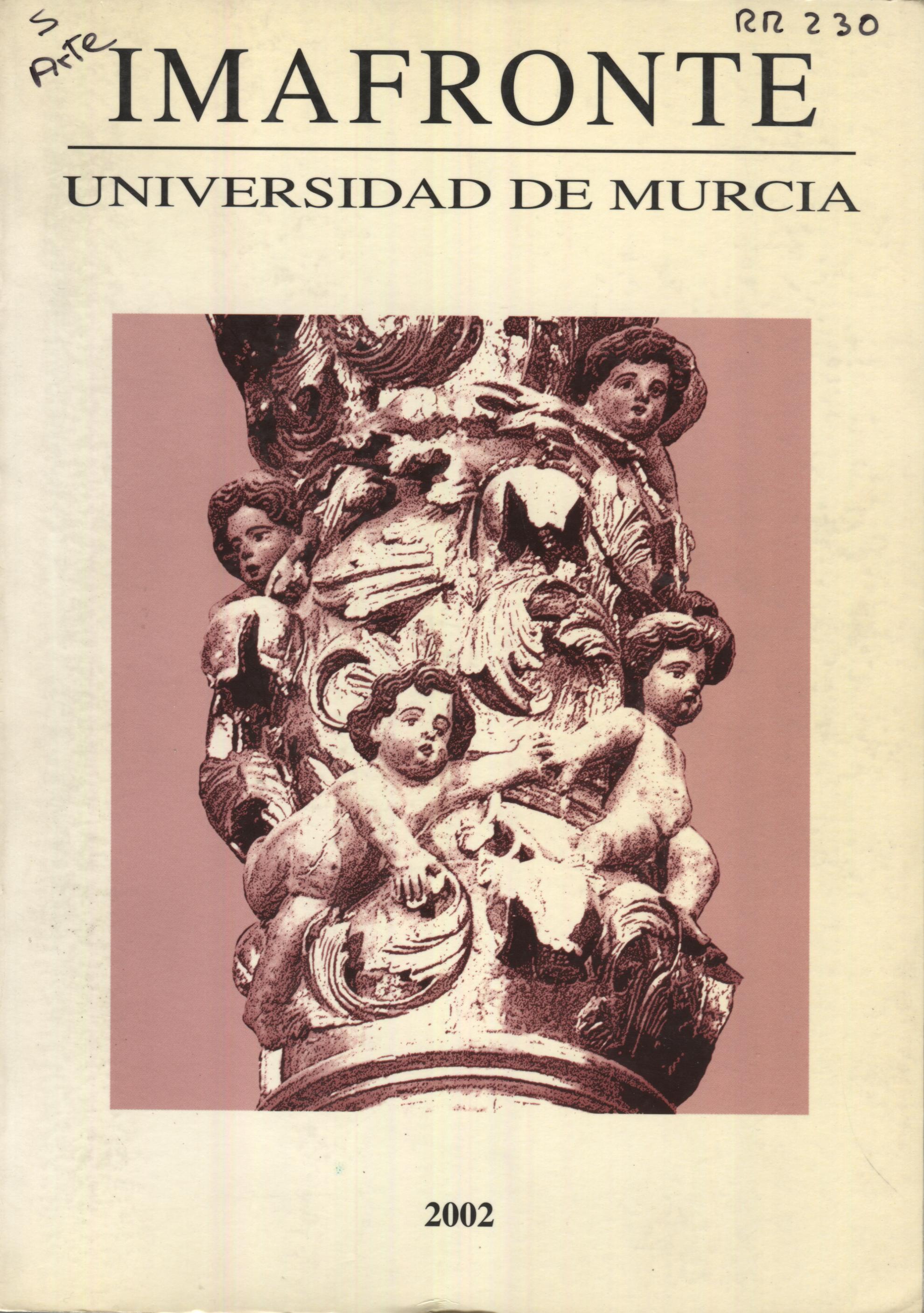EL RETABLO DEL ALTAR MAYOR DE LA IGLESIA PARROQUIAL DE VILLANUEVA DE LA JARA (CUENCA), OBRAS DE FRANCÍSCO MONTLLOR. (ca. 1693-1697)
Abstract
The outstanding feature of the parish church of Villanueva de la Jara (Cuenca), begun in the Gothic style in the fifteenth century and continued during the sixteenth century with the introduction of classicist pillars whilst retaining the basic structure and ribbed vaults, is its magnificent Baroque altarpiece. occupying the full with and height of the main chapel. Conceived and built at the end of the seventeenth century between the years 1693 and 1697, it was produced by the carver and altar-maker Francisco Montllor, in conjunction with other craftsmen. The altarpiece, whose multiform ground-plan adapts to the polygonal shape of the sanctuary, consists of a raised bank; a main body defined by four imposing wreathed columns covered with abundant foliage, grapes, vine shoots and tendrils curling round and climbing up column shafts within which nunierous children appear entwined; and an eggshell-shaped attic, a semi-dome divided into compartments filled with ornamev tal vegetation. The shine of the alterpiece's magnificent gilding adds to the effect produced by its splendid sculpture-work. This alterpiece shows the typical arquitectural and ornamental features which predominated in Madrid in the latter half of the seventeenth century and which subsequently spread to the rest of the Iberian peninsula and became known as Spanish Baroque or «Churrigueresco».Downloads
-
Abstract551
-
PDF (Español (España))373
1. The authors non-exclusively assign the exploitation rights (reproduction, distribution, communication and transformation) to the magazine.
2. The works published in this magazine are subject to the Attribution-ShareAlike 4.0 International license (CC By SA 4.0). Therefore, they can be copied, used, disseminated, transmitted and publicly displayed, provided that:
i) the authorship and the original source of its publication (journal, editorial and URL of the work) are cited, thus allowing its recognition.
ii) it is allowed to remix, transform or create from the material while maintaining the same license as the original.

3. Self-archiving conditions. Authors are allowed and encouraged to electronically disseminate the pre-print (version before being evaluated) and/or post-print (version evaluated and accepted for publication) versions of their works before publication, as it favors their publication. Earlier circulation and diffusion and with it a possible increase in its citation and reach among the academic community. Color RoMEO: verde.






















